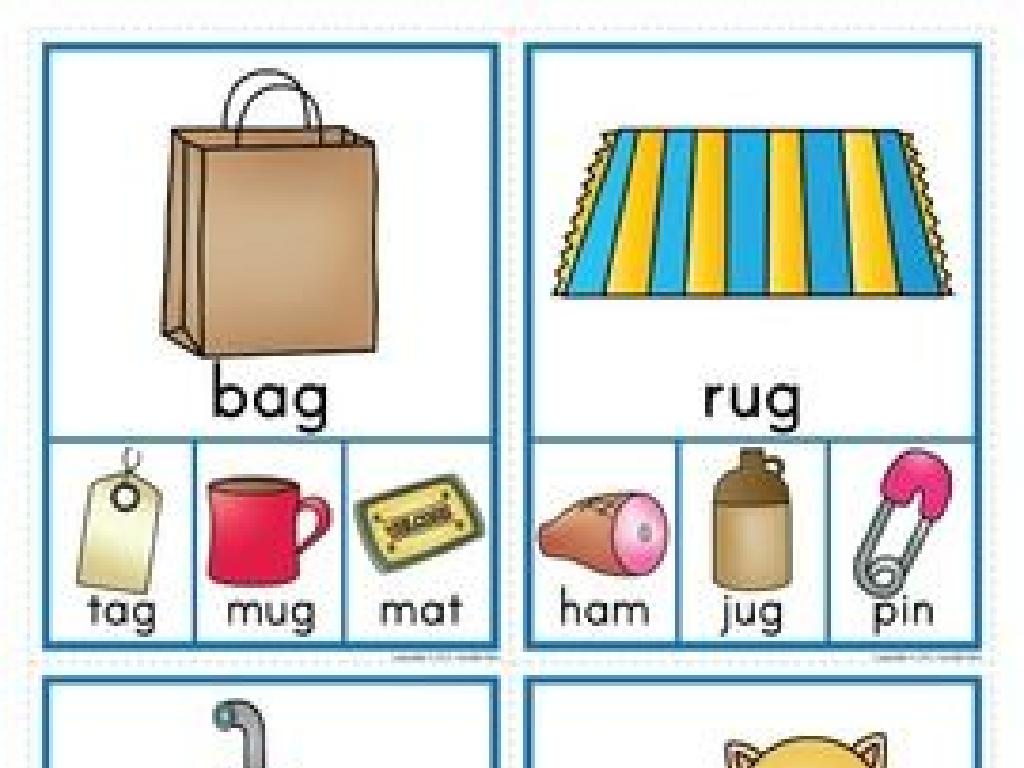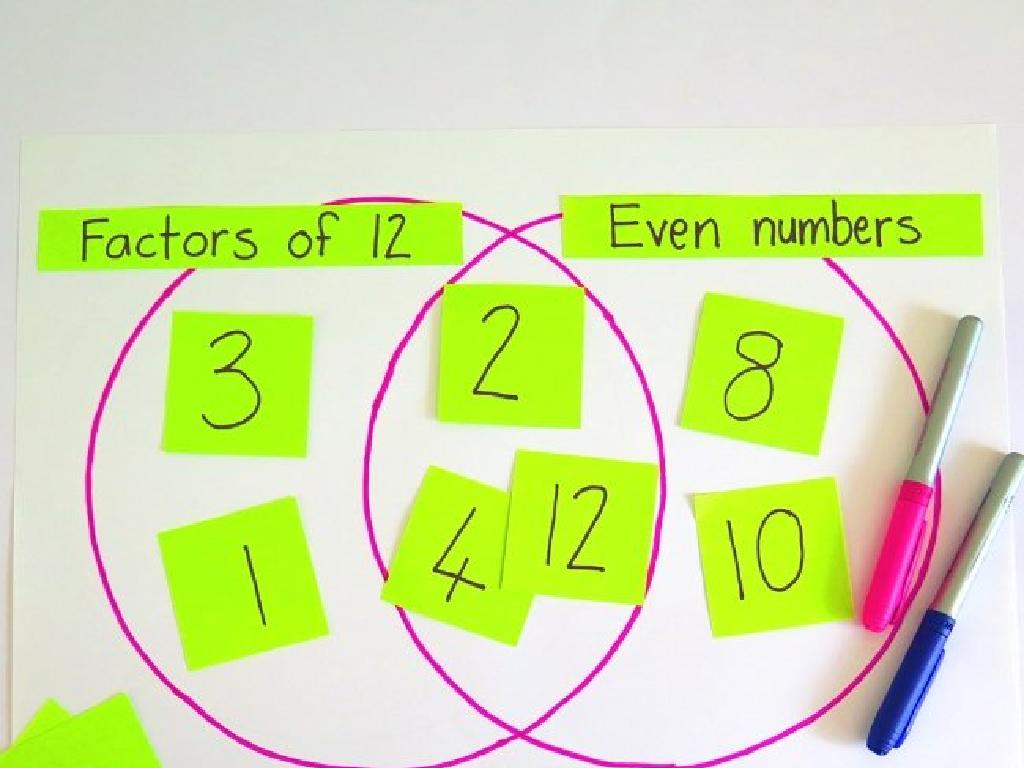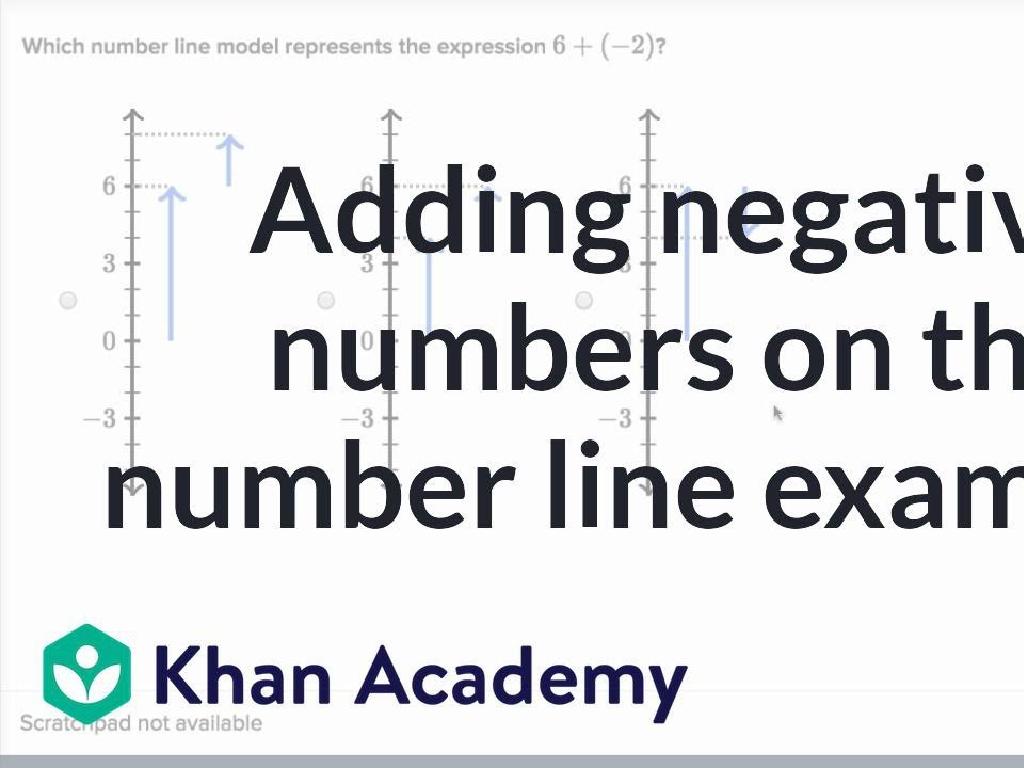Read Animal Fantasy
Subject: Language arts
Grade: First grade
Topic: Read-Alone Literary Texts
Please LOG IN to download the presentation. Access is available to registered users only.
View More Content
Welcome to Animal Fantasy!
– Explore animal fantasy stories
– Understand Animal Fantasy
– Stories where animals talk & behave like humans
– Animals in human-like roles
– Like animals cooking, wearing clothes
– Examples of Animal Fantasy
– ‘Charlotte’s Web’, ‘The Tale of Peter Rabbit’
|
Today’s lesson introduces students to the magical world of animal fantasy, a genre where animals take on human characteristics and embark on exciting adventures. Begin by explaining the concept of animal fantasy, highlighting that in these stories, animals can talk, make decisions, and do things that humans do. Provide vivid examples such as animals cooking meals, wearing clothes, or going to school. Share classic animal fantasy stories like ‘Charlotte’s Web’ by E.B. White or ‘The Tale of Peter Rabbit’ by Beatrix Potter to give students a clear idea of the genre. Encourage the children to imagine their favorite animals in fantastical scenarios and consider what human-like activities they might do. This will set the stage for them to engage with animal fantasy stories more deeply and with greater enthusiasm.
Imagination Time: Talking Animals
– Imagine animals talking
– What would they say?
– Think about the sounds they make, what could they mean?
– Your favorite animal’s job
– If your favorite animal was a person, what job would they have?
– Share your ideas in class
|
This slide is meant to spark the students’ imagination and get them to think creatively about animals in a fantasy setting. Encourage the children to consider the noises and behaviors of animals as a form of communication. What would a dog say if it could talk? How about a cat? Then, have them think about their favorite animal and assign it a human job based on its characteristics. A strong animal like an elephant could be a construction worker, while a wise owl might be a teacher. This activity will help develop their creative thinking and understanding of characters in animal fantasy stories. In the next class, create a sharing time where each student can discuss their ideas. This will also help with their public speaking and storytelling skills.
Exploring ‘Charlotte’s Web’
– Introduction to ‘Charlotte’s Web’
– A classic tale where animals talk & show feelings
– Meet Wilbur and Charlotte
– Wilbur is a friendly pig; Charlotte is a wise spider
– Discovering animal fantasy
– Animal fantasy has animals in real-world settings
– Why is ‘Charlotte’s Web’ special?
|
Today’s story is ‘Charlotte’s Web’, a beloved animal fantasy that has captivated readers for generations. Introduce the main characters, Wilbur the pig, who is the protagonist, and his friend Charlotte the spider. Discuss the elements that make this story an animal fantasy, such as talking animals and their human-like emotions, set in a realistic farm setting. Explain why ‘Charlotte’s Web’ is a special book: it teaches lessons about friendship, life, and death in a way that’s accessible to young readers. Encourage the children to think about what they would do if they could talk to animals and ask them to imagine their own animal fantasy stories.
Reading Time: Animal Fantasy
– Read ‘Charlotte’s Web’ passage
– Notice animal personalities
– Animals in the story have unique characters, like people do
– Discuss animal-human similarities
– How are the animals’ behaviors similar to people you know?
– Think about feelings and actions
– Do the animals in the story feel happy, sad, scared, or brave like us?
|
This slide is aimed at engaging first-grade students with the concept of animal fantasy, particularly through a reading of ‘Charlotte’s Web’. Encourage the students to listen carefully as the passage is read aloud and to think about how the animals in the story exhibit human-like qualities. After reading, facilitate a discussion on the similarities between the animals’ behaviors and emotions and those of people they know. This activity helps students develop empathy and a deeper understanding of character traits, both in literature and in life. It also serves as an introduction to anthropomorphism in literature. Make sure to create a supportive environment where every student feels comfortable sharing their thoughts.
Character Discussion: Animal Fantasy
– Wilbur’s human-like actions
– Wilbur speaks, thinks, and feels like a person
– Charlotte’s display of friendship
– Charlotte writes words to save her friend
– Relating to animal characters
– How do the story’s animals remind us of people we know?
|
This slide aims to engage first-grade students in a discussion about the characters in an animal fantasy story, focusing on their human-like qualities and actions. Start by exploring Wilbur’s character and the things he does that are similar to humans, such as speaking and showing emotions. Discuss Charlotte’s actions and how they demonstrate her caring nature, particularly her efforts to save Wilbur by writing words in her web. Encourage students to think about how they can relate to the animals in the story, drawing parallels between the characters’ experiences and their own or those of people they know. This will help students understand characterization and empathy. Prepare to facilitate a conversation where students can share their thoughts and relate personal experiences to the story’s events.
Create Your Own Animal Fantasy
– Pick an animal for your story
– Imagine human-like actions
– Does it talk, wear clothes, or go to school?
– Draw your animal’s fantasy world
– Use colors and imagination in your drawing
– Share your story with the class
|
This slide is designed to spark creativity in students by having them create their own animal fantasy. Encourage them to think of their favorite animal and imagine a world where this animal can do things that humans do. Ask guiding questions to help them think of human-like actions, such as ‘What job would your animal have?’ or ‘What would your animal do for fun?’. Provide drawing materials and give them ample time to illustrate their ideas. Once completed, create a sharing time where each student can present their animal fantasy to the class. This activity helps develop creative thinking, storytelling skills, and artistic expression.
Share Your Fantasy Animal
– Present your fantasy animal
– Describe its magical world
– What special place does it live in? Maybe a rainbow forest or a candy land?
– Explain your animal’s fantasy elements
– Can it talk or fly? What makes it different from real animals?
– Listen to classmates’ animals
|
This slide is for a class activity where each student will present their own created fantasy animal and the magical world it lives in. Encourage the students to use their imagination to think of unique characteristics that make their animal fit into a fantasy genre, such as the ability to speak human languages, magical powers, or living in an extraordinary habitat. Remind them to listen attentively while their classmates share their fantasy animals, fostering a respectful and engaging classroom environment. For the teacher: Prepare to guide the students through their presentations, help them if they’re shy or stuck, and facilitate a discussion about the elements of fantasy present in their creations.
Animal Fantasy Theater
– Act out animal fantasy stories
– Choose your favorite animal roles
– Will you be a clever fox or a wise owl?
– Use imagination to create scenes
– Think of magical forests or talking animals
– Perform and watch the fun unfold
|
This class activity is designed to encourage creativity and imagination among students as they explore the genre of animal fantasy. Provide a variety of animal character options and simple props to inspire their stories. Encourage them to think of unique scenarios where animals might have human-like problems or adventures. Split the class into small groups and give them time to prepare their short skits. Offer guidance on how to express themselves and work together as a team. Possible activities could include reenacting scenes from a book read in class, creating original stories, or even improvising. The goal is to have fun while learning about storytelling and the elements of fantasy.
Wrapping Up Animal Fantasy
– What defines animal fantasy
– Talking animals & magical worlds
– Keep exploring animal stories
– Find new books in the library
– Imagination grows with reading
– Reading takes us on adventures
– Daily imagination exercise
– Let’s pretend play as animals
|
As we conclude our journey through animal fantasy, remind the students of the key elements that make these stories special, such as talking animals and enchanting settings. Encourage them to continue discovering new animal fantasy books, perhaps by visiting the library or swapping books with classmates. Emphasize the importance of imagination, not only in reading but also in their daily lives. Suggest that they engage in imaginative play every day, maybe by pretending to be characters from their favorite stories. This will help develop their creativity and love for reading. For the next class, consider having a few students share their favorite animal fantasy book and what they imagine when they read it.





